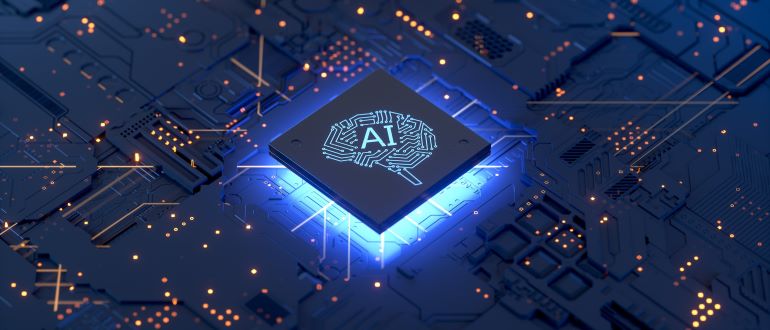
It wasn’t officially AI week, but financial results, two recent conferences and a new research report would suggest otherwise.
While NVIDIA Corp. dominated the news with mostly sterling results Wednesday, down the road at Stanford University, Intel Corp. and others were touting their competing AI accelerators. Intel is gearing up for a September product launch around Gaudi 3 and Xeon 6.
At the VMware Explore conference in Las Vegas, benchmarks showed a 40% gain in NVIDIA Blackwell GPU performance. Meanwhile, Broadcom Inc. added support for Gaudi 2 to the VMware platform. And IBM Corp. previewed the next generation of AI processors for the mainframe.
It all adds up to accelerating AI accelerator sales, according to an intriguing report from The Futurum Group’s research arm. It estimates the total market in processors and accelerators for AI applications in the data center segment will reach $138 billion in 2028 from $38 billion this year.
The report concluded the market’s evolution is an indication that CPUs will continue to hold an important role in AI processing in data centers, with 20% market share in 2024, and will grow to $26 billion in 2028 from $7.7 billion this year.
“We are witnessing the most profound technological revolution with the advent of AI and its supporting semiconductors solutions,” Daniel Newman, chief executive of The Futurum Group, said in a statement. “As AI innovation evolves, companies like NVIDIA, AMD and Arm are seeing significant revenue growth, but the market’s competitive landscape is expected to intensify with new entrants and startups poised to capture market shares and drive continued innovation.”
NVIDIA held an astounding 92% of the market share for GPUs in early 2024, and that figure has since grown to 94%, according to the report. The GPU market accounted for 74% of chipsets used in AI applications within data centers and is forecast to grow to $102 billion in 2028 from $28 billion in 2023.
Still, cracks are beginning to show in NVIDIA’s armor that do not guarantee long-term dominance.
“The market is not all GPU and it’s not NVIDIA,” David Nicholson, chief technology adviser at The Futurum Group, said in an interview. “The case study is NVIDIA is not going to enjoy an Intel-esque or Amazon-esque dynasty. In 24 to 36 months, margin pressures are going to start showing up in the figures.” [NVIDIA on Wednesday reported a dip in GAAP operating margins to 62% in its second-quarter results, down slightly from the year-ago quarter.]
“There are higher-tech and lower-cost alternatives” such as Groq Inc., Cerebras Systems Inc. and SambaNova Systems, Nicholson added.
Other highlights from the report:
— Hyperscale cloud providers like Alphabet Inc.’s Google, Amazon.com Inc.’s AWS, Oracle Corp., Microsoft Corp. and others drove 43% of the purchase decisions heading into 2024 and are expected to be the leading buyers of AI processors and accelerators at 50% by 2028. The market’s cloud segment indicated a 58% market share held by Google and a 21% market share by AWS.
— Visual and audio analytics (24%) is the biggest use case today entering 2024, closely followed by simulation and modeling (21%). Object identification, detection and monitoring is the fastest growing (38% 5-year CAGR), followed by conversational AI(36%).
Of 17 different verticals studied, manufacturing and industrial and media and entertainment each held 11% of the market share. However, information technology and telecom will grow the fastest at more than 40% each, followed closely by financial services and insurance (39%) and healthcare (37%).
The top three use cases by 2028 will be visual and audio analytics; simulation and modeling; and text generation, analysis and summary.


